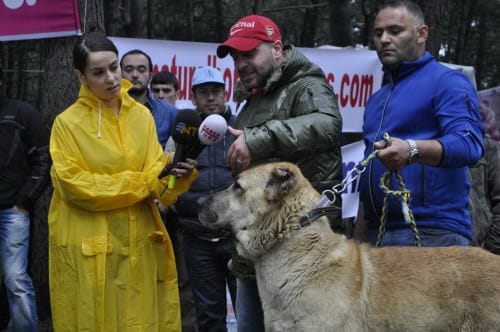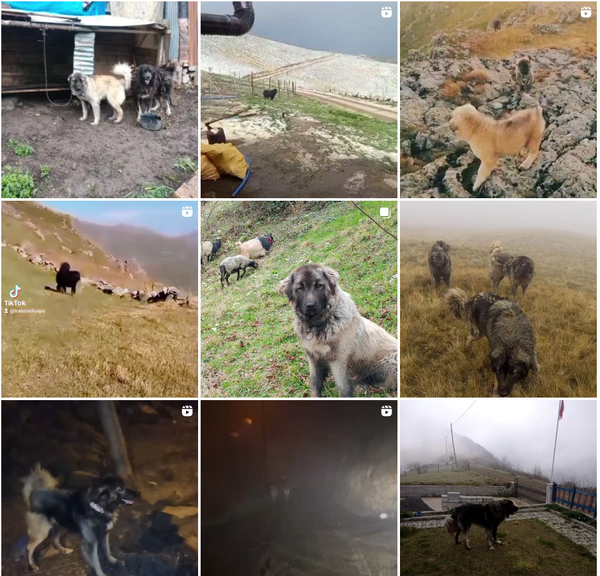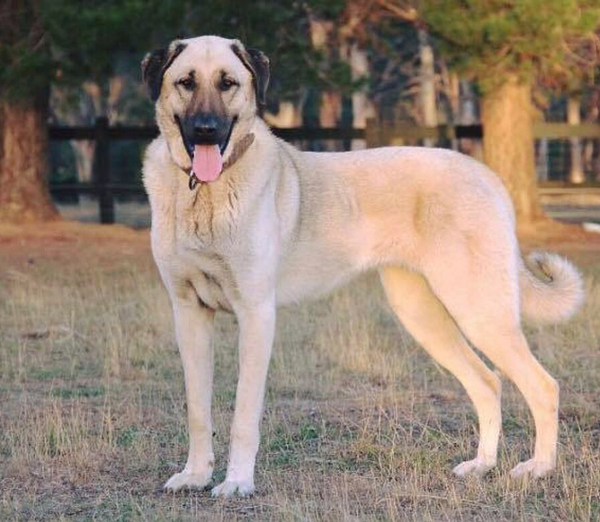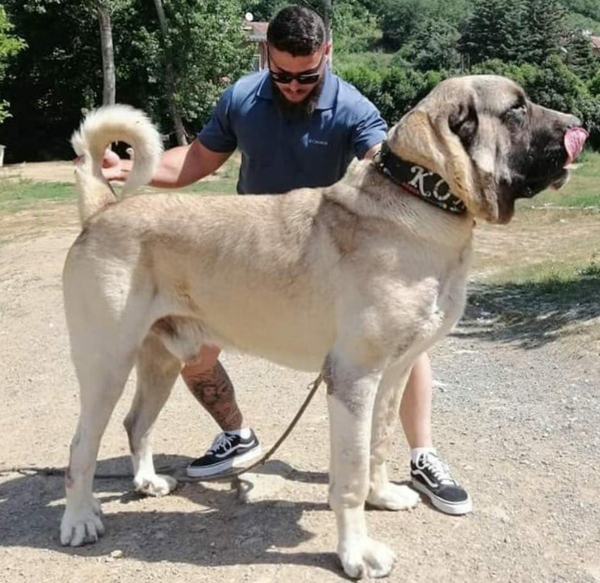Turkish Boz Shepherd: The Ultimate Protector of Livestock Against Wolves and Bears
Are You Truly Ready to Put Your Mobile or Web App to the Test?
Don`t just assume your app works—ensure it`s flawless, secure, and user-friendly with expert testing. 🚀
Why Third-Party Testing is Essential for Your Application and Website?We are ready to test, evaluate and report your app, ERP system, or customer/ patients workflow
With a detailed report about all findings
Contact us nowTable of Content
The Turkish Boz Shepherd (also known Boz Köpei) is a large, strong, and intelligent breed, known for its role as a livestock protector. The Turkish Boz Shepherd is a remarkable breed for those looking for a loyal, protective, and versatile working dog.
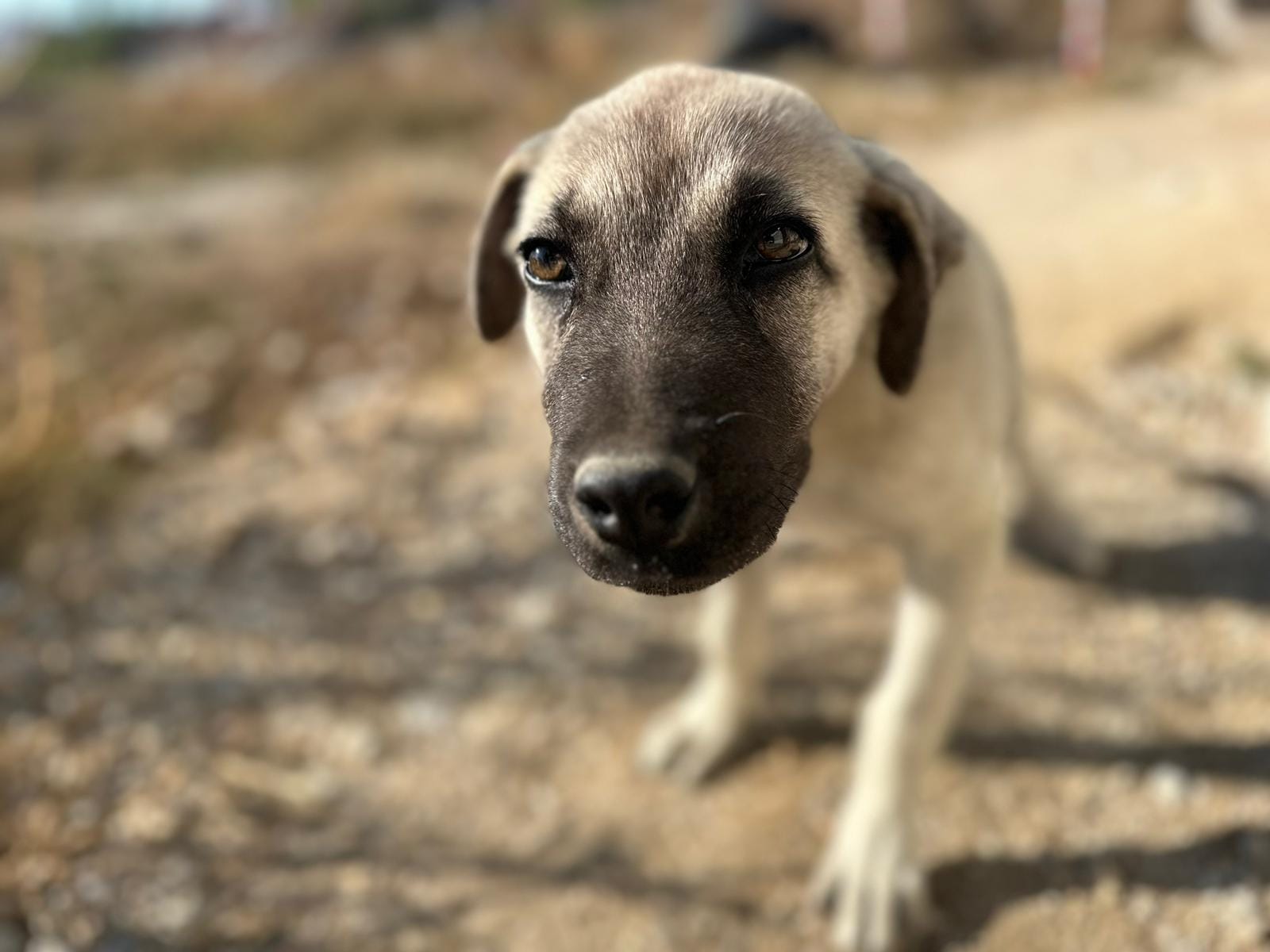
Origin
Originating from the Yörük variant of Turkish Shepherds, the Boz Shepherd is distinct from other Turkish breeds like the Kangal and Akbash. Its traits include speed, agility, and endurance, attributed to its Tazi bloodline.
Character
While primarily used as a livestock guardian, the Boz Shepherd can also be a devoted and loyal companion, provided it gets ample exercise. However, due to its strong protective instincts, it requires extensive early socialization and is not recommended for novice owners. The breed is adaptable to various climates and living conditions, and typically has a lifespan of 10 to 15 years.
Physical Characteristics
Males typically weigh between 100 and 150 pounds and stand 27 to 30 inches tall at the shoulder, while females are slightly smaller but still maintain a strong presence.
They have a thick double coat that offers insulation in different climates, with the outer coat being straight and coarse, and the undercoat being soft and dense.
Coat Colors
Their coat colors vary, with the most common being shades of fawn in cream, golden, and reddish tones, often accompanied by a black mask.
Temperament
Turkish Boz Shepherds are known for their loyalty and protective instincts, forming close bonds with their families. They are excellent watchdogs due to their vigilant nature.
Despite their protective nature, they are gentle and affectionate towards their human family, showing patience and tenderness, especially with children.
They are intelligent, problem-solving dogs that are highly trainable. Their independence and decision-making capabilities serve them well in their traditional roles as guardians.
Training and Socialization
Early socialization and consistent training are key for this breed's development into well-adjusted adults. Positive reinforcement training methods are most effective, promoting learning and command obedience while enhancing the bond between the dog and owner.
Health and Care
Common health issues include hip and elbow dysplasia, bloat, and eye problems. Regular exercise, mental stimulation, and frequent brushing of their thick coat are necessary for their well-being.
A balanced, high-quality diet and regular veterinary check-ups are essential for overall health.


